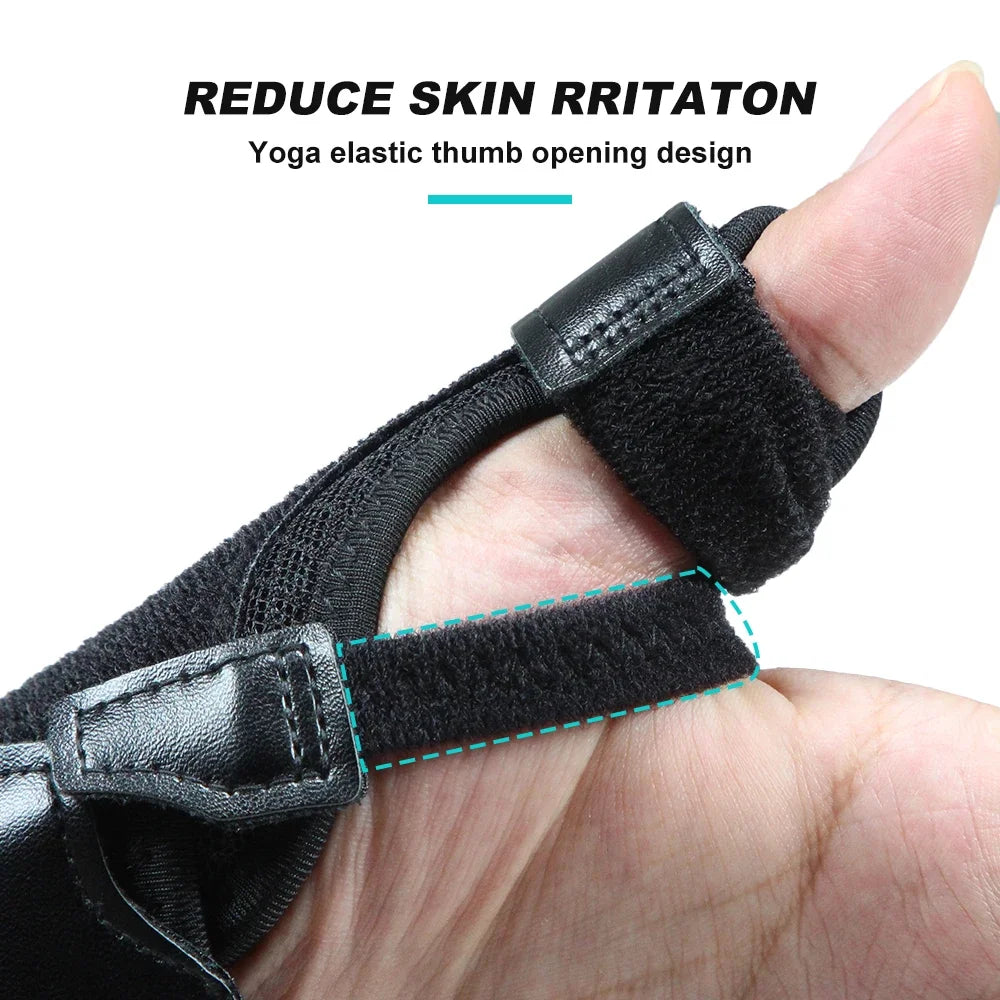Have you been experiencing pain, stiffness or discomfort in the bottom of your thumb, you may be wondering about a thumb arthritis test. What is that really, how do you do it and what do you really expect to get? Here we will take the diagnostic process step by step, and in simple, easily understandable steps, to help you feel ready and confident.
What is Thumb Arthritis?
Thumb arthritis, often known as Basal Joint Arthritis, also known as CMC arthritis, is a problem for joints at the point where the thumb joins the wrist (the carpometacarpal joint). As time passes, the cartilage that protects the joint may wear away, which can cause swelling, pain, decreased movement, and even the feeling of grinding.
Understanding how severe the arthritis is will determine the best treatment options, whether that's medications, splints or therapy, or even surgery. This is where tests come in.
Physical Examination Tests Doctors Use
A number of hands-on tests help doctors assess the thumb joint. These aren’t always perfect but often give useful clues. Below are some commonly used tests:
|
Test Name |
What the Doctor Does |
What a Positive Result Means |
|
Grind Test (CMC Grind Test) |
Doctor compresses the thumb’s metacarpal end and rotates it at the base (CMC joint) while applying pressure. |
If this causes pain, grinding or crepitus (a crunching or gritty feeling), it's likely that cartilage is damaged. |
|
Lever Test (Pressure-Shear Test) |
Thumb is placed in certain positions and pressure is applied by rocking or “levering” at the base joint. |
This test tends to be sensitive, it often detects signs of basal joint arthritis, even earlier than some other tests. |
|
Pinch Test |
You try to make an “O” shape with thumb touching the tip of your index finger; the doctor may also measure pinch strength. |
Pain during pinching or reduced pinch strength can suggest thumb base joint issues. |
|
Metacarpal Flexion / Extension Tests |
Thumb is flexed or extended while the doctor resists the motion or puts gentle force. |
Pain or limited motion in these movements helps identify how involved the joint is. |
These tests are useful, but often combined with imaging and patient history, because physical signs alone are sometimes hard to interpret precisely.
Looking for trusted products and support? Visit our Family-Owned Arthritis Aid Store for carefully selected solutions designed to make everyday living with arthritis easier.
Imaging & Additional Tests
After physical exams, doctors may use imaging to confirm what they suspect. Typical imaging/tests include:
-
X-rays: Most commonly. They may reveal the joint space shrinking, bones, spurs (osteophytes), as well as subluxation and other typical symptoms of arthritis of the base of the thumb.
-
Advanced Imaging (MRI or CT scan) is used less frequently, typically for more complex instances or when soft tissue (ligaments, cartilage) injury is suspected.
Final Thoughts
A thumb arthritis test isn't the only thing. It's an amalgamation of medical history, physical tests (like grind or lever, or pinch), and imaging. A single test may not tell the complete story, but when taken together, they will help you and your physician determine how serious the issue is and which treatment will suit you best.
At Arthritis Aid, we believe having a thorough understanding of the tests can help you feel confident and prepared. If you're suffering from pain in your thumb or decreased grip, don't delay. Speak to your doctor to ask questions about the tests and then take the first step towards relief and improved hand function.
Sources
-
Medical News Today: What to Know About the Tests for Thumb Arthritis (grind, lever, pinch etc.)
https://www.medicalnewstoday.com/articles/thumb-arthritis-tests-steps-and-results? -
Evaluation of Physical Examination Tests for Thumb Basal Joint Osteoarthritis, PubMed / PMC
https://pmc.ncbi.nlm.nih.gov/articles/PMC4920516/? -
Mayo Clinic: Thumb Arthritis Diagnosis & Treatment
https://my.clevelandclinic.org/health/diseases/thumb-arthritis -
Cleveland Clinic: Thumb (Basal Joint) Arthritis: Symptoms, Causes & Diagnosis
https://my.clevelandclinic.org/health/diseases/thumb-arthritis -
OrthoInfo (American Academy of Orthopaedic Surgeons): Arthritis of the Thumb
https://orthoinfo.aaos.org/en/diseases--conditions/arthritis-of-the-thumb/?



























